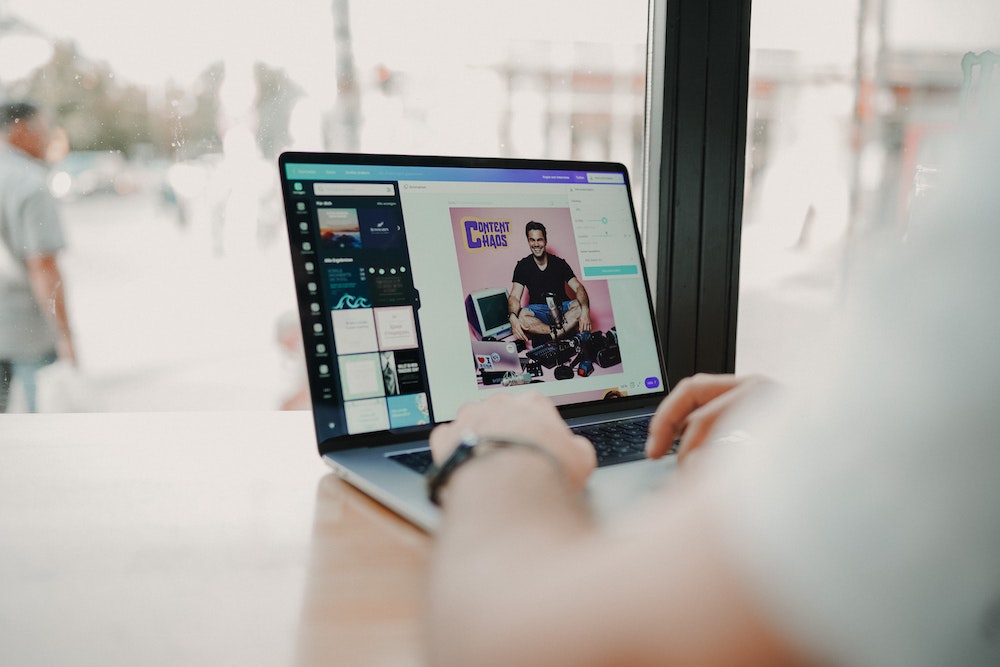The Beginner’s Guide to High-Performance, Channel-Specific Ad Creative
When balancing the main components of a growth marketing tactic (strategy + targeting + creative), there comes a time when many organizations find themselves in a chicken-and-egg scenario: which comes first? Is it the campaign strategy and targeting that should dictate creative? Or should great creative—backed by battle-tested value props and watertight messaging—lead the way into a strategy that can really bring it to life; serving it to the right people, and driving up conversion?
The short answer: it depends. (I know, I know).
In a perfect world, the world in which giants like Verison, Budweiser, Nike, and other Super-Bowl-ready players operate, there’s an endless well of data at the ready to inform all of the above. And you’d know what creative works best on which channel paired with which optimized audiences, etcetera, etcetera. But! If you’re here, you’re likely looking for a growth marketing agency that can operate with trim budgets, run efficient tests, and use scrappy creative to drive quick wins and set the stage for scaling.
So, before we talk about creative, we’ll need to broach the topic: what kind of creative do you already have at your disposal? Your answer to this question might help you hone in on which channels are your best starting point. Here’s our quick guide:
Making the Most of Creative You Already Have
Before you jump headlong into creating a full new library of creative for the channels on which you’d like to run ads, revisit your existing assets with a fresh lens! How about that product shoot you shot last year? What’s left in the B-Roll folder? Revisit that brand video you commissioned for your sales team. Check in with your videographer to see if you might be able to snag some other shots out of his archives to repurpose instead of planning a full new shoot.
Still Photography/Images:
- Suitable for: Facebook/Instagram, LinkedIn, Reddit, Twitter, Gmail Ads, Display Advertising, Email Marketing
- Make them ad-ready: Hire a freelance designer (we love UpWork) or get your own hands dirty with a drag-and-drop tool like Canva. Add simple on-image copy and your logo in an unobtrusive way so it’s super easy for a user to understand who you are and what you do in a flash.
Owned assets (meaning images, illustrations, or other graphics that have been created specifically for your brand) are typically much more impactful and drive better results than stock photography. But, that doesn’t mean you should rule out stock!
GIFs or Simple Motion
- Suitable for: Facebook/Instagram, LinkedIn, Twitter, Gmail Ads, Display Advertising, Email Marketing
- Make them ad-ready: Ensure your freelance designer from UpWork has the ability to accomplish simple animations in After Effects or a similar program. Canva also has some simple, easy-to-use motion templates as well. The same advice goes for GIFs or simple motion in your video — make sure it’s super easy for your audience to get the message. If possible, even keep the copy to 5 words or less.
Super simple motion, like animated text flashing over a still image or a 3 second looping video almost always performs better than still imagery across all the above channels.
Video
- Suitable for: TikTok, Snapchat, YouTube, Facebook/Instagram, LinkedIn, Twitter, Gmail Ads (as longer as they’re under 30 seconds long)
- Make them ad-ready: Swing back by Upwork and find yourself a scrappy video editor that can help you recreate ad-ready assets. Ensure product placement (or super strong branded elements) appear within the first 3 seconds and that your video does not run longer than 30 seconds in length.
No matter if you’ve got a branded video, YouTube reviews, or a scrappy library of shot-on-iPhone video, it’s definitely worth splicing, dicing, resizing, and testing video against your still assets.
🚨 Important! Before you start drawing up your strategy, investigating your targeting options, and setting aside budget, be sure to check out this Creative Ad Specs cheat sheet to make sure your files are large enough and are either in the right aspect ratio or can easily be reconfigured.
Pro tip: you’ll (likely) see better results quicker if—instead of creating brand-new creative—you instead focus on resizing your existing assets to fit each placement.
How to Create High-Performance, Channel-Specific Ad Creative
If you only take ONE thing away from this whole article: don’t bust your budget on creative. Our approach (and, truly, the only way we can get behind creative production): test, test, test. Then, only then, consider investing in more high-value/bigger-production creative after you’ve gotten an opportunity to really hone in on the messaging and visuals that drive down cost per click (CPC) and drive up conversion rate (CVR).
Here at Tuff, when we take on creative production on behalf of—or alongside—one of our partners, here’s the approach we take:
The Tuff Timeline: Creating, Deploying, and Learning From Creative
When you hire a revenue and conversion-first growth marketing agency like Tuff, before we dig into pre-production, we’ll ensure the first weeks of our engagement are centered on rapid, actionable testing so that we can confidently make new creative that really resonates (and is worth the cost).
Days 1-3
Before we spend a dollar, we’ll start by digging into your target audience and validating/battle testing your value props. Based on the site experience, your sales materials, and what we can learn from you, are we confident that we can make creative that can hit the right people with the right message at the right time?
Days 3-5
From there, we’ll get into concepting. If “fair, modern and inexpensive insurance” are the strongest high-level value props (for example), we’ll build creative ideas around them and workshop them with you to make sure we’re aligned.
We’ll create three very distinct concepts to test against each other so we’ll be able to understand—from a high level—which works and which don’t work as well.
Days 5-15 (depending on complexity of the creative)
Then, we’ll get into production. We’ve got a Rolodex of photographers, videographers, and designers to quickly and efficiently produce great creative.
We’ll produce 1-2 different pieces of creative underneath each of the three distinct concepts (for a total of 3-6 pieces of creative) every 6 weeks until we hone in on winners and double down there.
Days 30-60
Finally, and most importantly, we’ll put that creative through the wringer by conducting a full creative analysis that measures its effectiveness using two major data points:
- CPC (is it grabby/compelling enough to get a quick click?)
- CPL (is the ad-to-site experience seamless enough that the creative helps smooth their path towards conversion?)
From there, we’ll emerge with insights about what’s performing, what’s not, and a game plan for a fresh round of production (the timing on this cycle is totally dependent on ad spend and audience size).
Ready to Get Started?
Whether you’re ready to break out and start testing what kind of creative drives the best results for your growth or you need to enlist the help of a team that can take that burden off your hands, we’d love to hear about it!

Fresh from the creative world, Elle brings a strong left brain/right brain balance to every new business challenge she meets. Her hunger to learn and unflinching willingness to get her hands dirty combine to make her the person that never runs out of questions. Happen to catch her away from her laptop? She’s likely flecked with dirt kicked up by her mountain bike.





